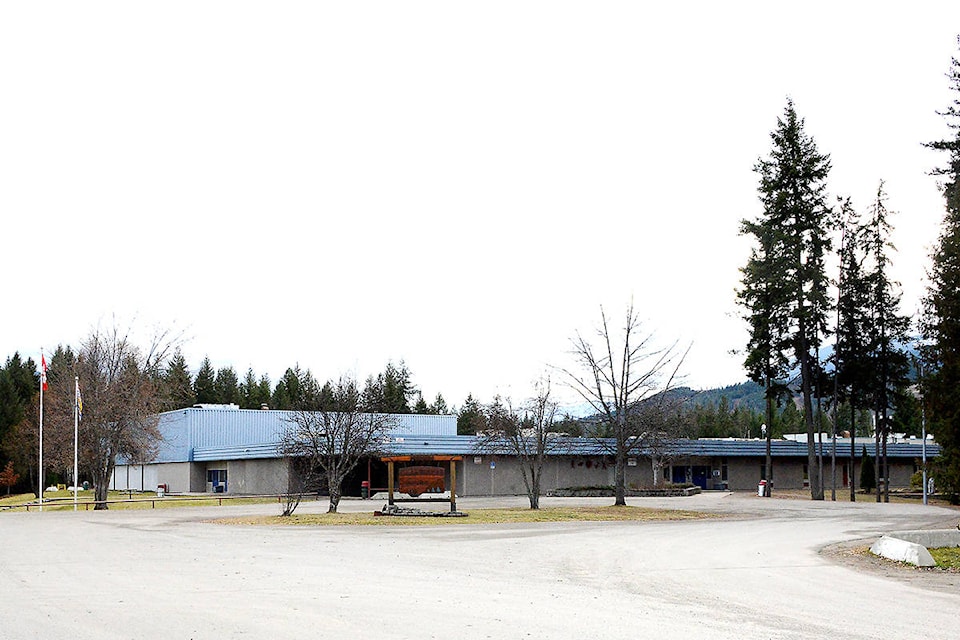By Isabelle Christensen
(Grade 12 student at Clearwater Secondary)
The school system has been changing constantly in the past three years, one of the most notable of these changes has been the introduction of the Graduation Numeracy Assessment (GNA).
According to the Ministry of Education, the goal of switching to the GNA from the former provincial math exam is to get a better assessment of student proficiency in numeracy. Is this change really helping students? And is it truly a better assessment of numeracy skills?
The numeracy assessment is scored on a four-point scale, and its layout is quite simple. Online, students complete a total of 24 questions where they do not need to show any work or explain their answers but must understand exactly what the question is asking them.
This is accompanied by the Student Choice portion of the assessment where students pick two of four questions to complete on paper. These written response questions are marked by trained teachers and are expected to be detailed, showing all of the student’s thinking and reasoning behind their answers. The last part is the student reflection in which students reflect on their experience and give their thoughts on the assessment.
Grade 10 is the earliest students can complete the numeracy assessment, but students have the option of taking it three times between then and the end of grade 12. A minimum of one attempt is required to graduate, but most students aim to get a three or four on the four point scale marking system, so they would take it more than once to improve their score.
In the past, the norm has been for students to do the work, learn the formulas, and move on whether they really understood the material or not. With this new assessment, students are being pushed to use more critical thinking and problem-solving skills to solve the problems given.
This is meant to help students develop more complex numeracy skills that are applicable to real-life situations and problems. Students having the ability to apply these skills to real-life is important, and being able to think critically and to solve problems are skills many universities and employers look for but not many students have. Having these skills shows students are actually learning and understanding rather than just memorizing.
An example of students not really understanding what they’re being taught can be seen in a video titled, ‘How Old is the Shepherd?’ which was recorded by an educational researcher from Stanford University. In this video, which was posted by Rober Kaplinsky, students are asked to solve the following problem: “There are 125 sheep and 5 dogs in a flock. How old is the shepherd?”
Out of 32 students, only eight were able to make sense of the problem for which there was no logical answer. The purpose of this was to see if students know when to properly apply the concepts they’ve learned throughout their years of math, but the majority of students doing this ‘test’ didn’t know why they were trying the methods they used.
Considering this examination of student numeracy skills, along with what post-secondary schools are looking for in potential students, points convincingly to the fact that the numeracy exam is something the education system needs.
The numeracy assessment, as opposed to traditional, mostly multiple-choice, provincial exams, gives students the chance to prove they have all of these skills. In the practice assessment and the real one, the online questions are relative and they express real-life situations where numeracy skills would be necessary. More ‘life’ appropriate questions show a student’s ability to take the basic mathematical knowledge they have and apply it.
An issue with this when the assessment was first implemented was that teachers were not sure how to properly prepare students for the questions they’d see on the assessment. Since then, students have been given more opportunities to take the practice test in a class where they have the help of trained teachers available to them. This training required teachers to attend special workshops to better equip them to provide aid during assessment prep.
The numeracy assessment has been a huge step forward from the traditional provincial exams. It gives students a chance to prove they have a solid understanding of the math and numeracy they’ve learned and that they have the capacity to apply that understanding to real-life situations outside of school.
Having the numeracy assessment to prepare for has also challenged both teachers to explain the ‘why’ behind mathematical concepts and students to try to understand that ‘why’. Over time, with the continual improvement and development of the assessment, the GNA is becoming a much more evolved and accurate way to judge the numeracy ability students are heading into the real world with.
